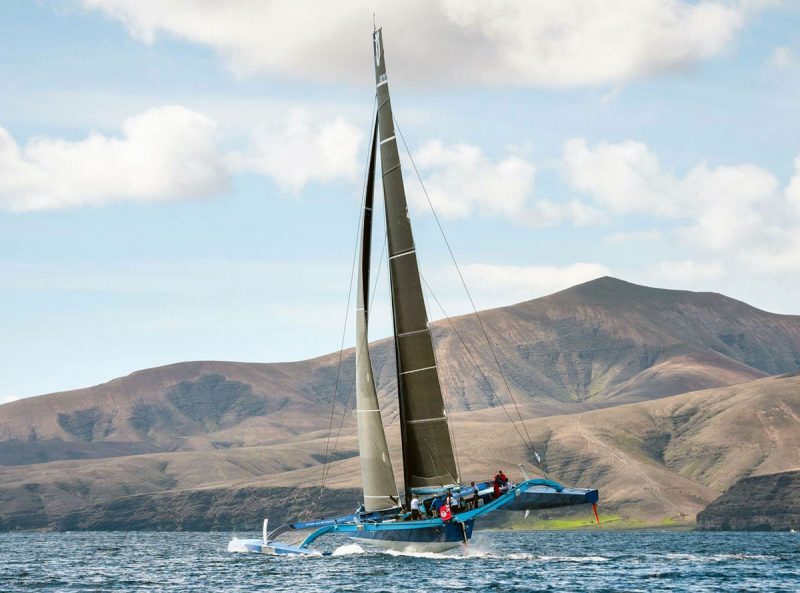
News Nuggets
Ferry Crash in San Francisco
On Friday, a ferry crashed into the dock at the San Francisco Ferry Building. There were 53 passengers onboard at the time, but no injuries were reported. The M.S. San Francisco was coming from Larkspur around 2 p.m. when it “nosed toward the [Ferry] building before sharply veering toward the dock,” SF Gate reported. People waiting on the rain-soaked pier were a mixture of alarmed and fascinated by the unexpected calamity — video of the crash has made the rounds on social media (including our Facebook page).
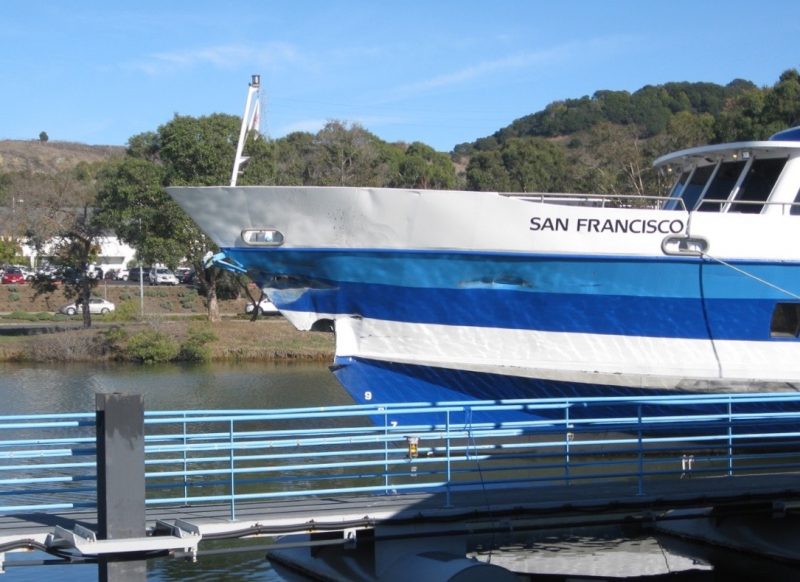
While the weather was poor, it does not appear to be a factor. A spokesperson for the blue-and-white ferry — which is run by Golden Gate Bridge Highway and Transportation District — said the incident was likely the result of a “mechanical difficulty.” The Coast Guard and Port of San Francisco are investigating the incident. With several dozen ferries going in and out of docks across the Bay Area every day, crashes, collisions and mechanical problems are extremely rare.
Golden Glober Jean-Luc Van Den Heede Rounds Cape Horn
Seventy-three-year-old Frenchman Jean-Luc Van Den Heede put Cape Horn to his port side on Friday, and extended his lead over nearly the entire Golden Globe fleet — only second-place sailor Mark Slats is hanging on Van Den Heede’s heels. The Dutchman Slats is expected to round the Horn in the next five days.
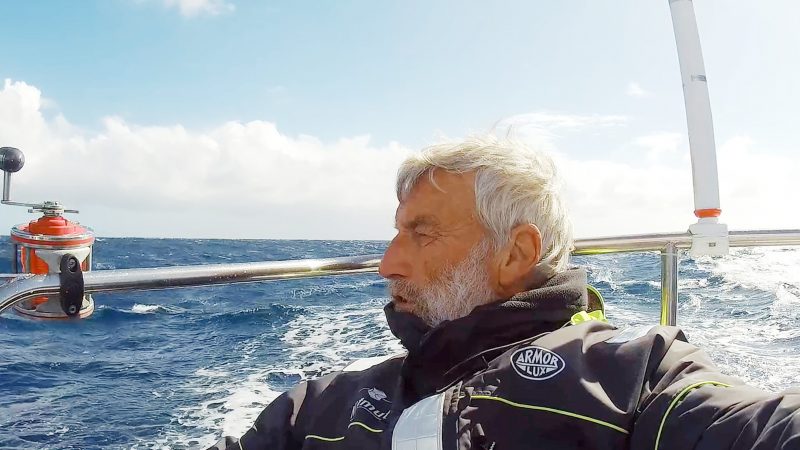
After taking damage to his rig in a knockdown, Van Den Heede contemplated making a stop in Chile before he made the necessary repairs at sea. “I am taking it easy with three reefs in the mainsail,” the Frenchman said during a radio transmission with the International Association of Cape Horners. “If I was racing, I would only have two. I do not want to stress the mast any more than necessary and will have to nurse it all the way back to Les Sables d’Olonne.” Whether Van Den Heede’s “nursing” his Rustler 36 Matmut will be enough for Slats to catch up on the final leg up the Atlantic remains to be seen.
We’ll have a full Golden Glob round up on Wednesday’s ‘Lectronic.
West Coast Weekend Weather Report
Anyone out there have a “case of the Mondays?” The first day back after a long holiday weekend can be rough, so we thought we’d whet your weekend appetites (an act that may be seen as either merciful or too tantalizing for such an early waypoint in the week).
While the Bay Area is poised to get another few rounds of much-needed rain, there may be a window for sailors this weekend. Weather.com’s current Marin County forecast calls for showers starting tomorrow and lingering through Thursday, with partially cloudy skies on Friday, rain (and wind) on Saturday, then sunny skies on Sunday and Monday and into Tuesday, December 4.

Long-range weather forecasts aren’t necessarily reliable enough to shuffle your plans — but stay tuned. Both Southern California and Hawaii currently have similar promising forecasts for Sunday and Monday, so we hope to see everyone out on the water.
Is Using the Engine ‘Cheating’?
A former CNN producer and self described cruising novice recently asked an interesting question in an online article:
“We are two years and 4,000 nautical miles into our dream of sailing around the world. For two novice sailors, it feels like quite an accomplishment — but, we have a confession: We haven’t covered that distance entirely by the power of wind alone. We have used the engine on our sailboat Boomerang a lot more than we anticipated. Despite this justification for our occasional diesel-guzzling, many times we’ve watched other boat owners sail on and off moorings and wondered if we have the right to even describe ourselves as sailors.
“Are we in some way ‘cheating’ in this time-honored means of travel?”
Kellie Pollock went on to describe the various definitions of “sailors,” and to distinguish the “rules.” Unless you’re trying to set a record, there is, of course, no hardened law against turning on your engine. Most sailors would likely consider the engine an essential part of safe cruising.
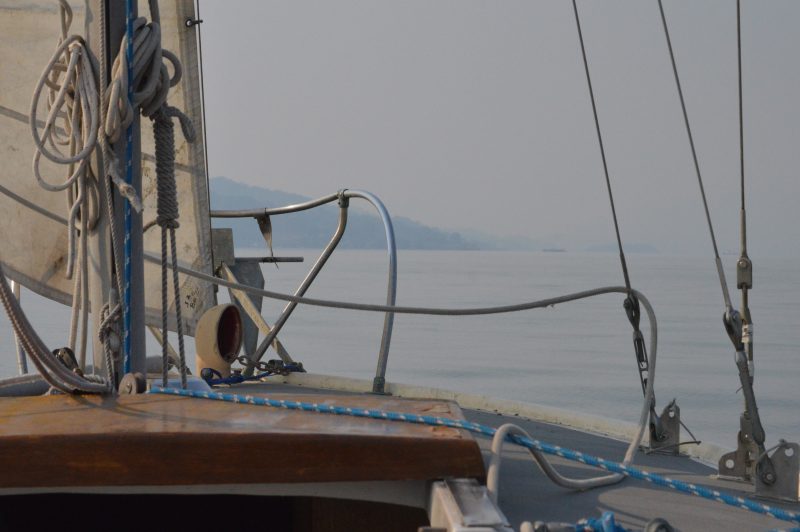
But with all of that said, we thought this was an interesting query to put to you, Latitude Nation. Are you a sailing “purist?” Do you avoid using the motor as much as possible? Do you sail into situations that would perhaps be safer with the motor on, but with your experience, you feel more than capable doing under sail?
We’d like to know. You can either comment on this story below, or email us here.
Ad: Westwind Boat Detailing
Blasting Across the Atlantic
Route du Rhum
Happy
The Route du Rhum — now more than three weeks old — is entering its closing stages, though many boats remain on the more than 3,500-mile course. Finishing Sunday afternoon to massive applause was 58-year-old sailing legend Loïck Peyron onboard his little yellow trimaran Happy, a sistership to the boat that Canadian Mike Birch sailed to a narrow, 98-second line-honors victory in the inaugural Route du Rhum. Peyron sailed the race in honor of ocean racing pioneers such as Birch and Frenchman Eric Tabarly. Foregoing GPS, modern routing software, and furling or composite sails, Peyron sailed decidedly old-school in solidarity with the founders of the sport. He had a sextant to navigate, an aluminum mast, a stock boat and Dacron sails.

“My story over the last four years is to try to give a tribute to those guys like Mike Birch and Tabarly, the pioneers — Tabarly in the OSTAR and Mike Birch here in the Rhum. So I feel I have done that,” said a smiling Peyron once dockside. “I went out too early; it was super-bad weather. I was seeing a good 50 knots and a big sea state because Finisterre is not the right place to be,” Peyron added, when recalling the brutal conditions of the initial days of the race, and the multiple boat-breaking gales that he and Happy weathered. He admitted to pushing the boat very hard and the old-school trimaran being “very bouncy all the time.”
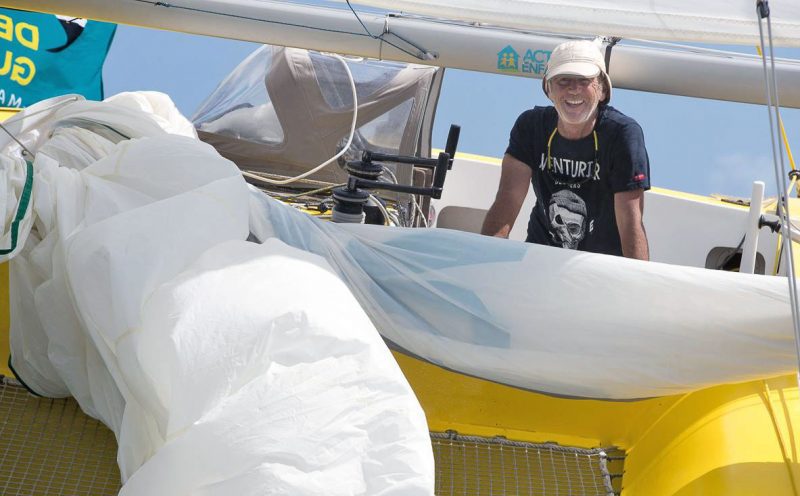
Push the boat hard he did. Loïck sailed Happy into Guadeloupe more than two days inside of Birch’s race-winning effort from 1978, and a few hours ahead of competitor Jean-François Corre, who was sailing a nearly identical sistership to Happy.
Dragon
Also finishing the Route du Rhum on Sunday was American Michael Hennessy, who steered his Owen-Clarke design Class 40 Dragon to a very impressive 12th place finish in the stacked 53-boat field. A 52-year-old businessman from New York, Hennessy and his Dragon proved to be formidable when the going got rough. A 10-year-old boat and an equally long journey to get to the Route du Rhum, Dragon surely benefited from a high level of preparedness when compared with some of the newer, more fragile boats. Michael spent a lot of time at the nav table writing captivating blog entries about the race and heavy-weather sailing in a Class 40.
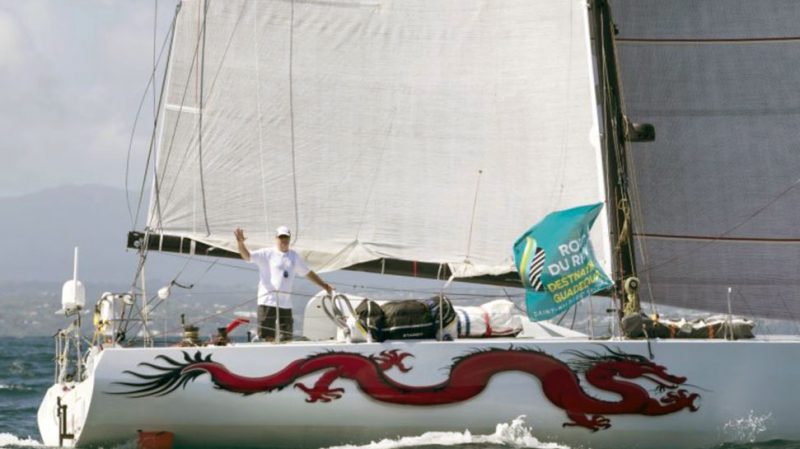
Banque Populaire IX
As some of the more modest 40-footers have begun to pour into Guadeloupe, many of the race’s fastest maxi-trimarans and IMOCAs have begun to make their way back to Europe. Around the time that race-winner IDEC Sport was ripping past the Azores archipelago, Armel le Cléac’h’s Banque Populaire IX arrived in the port of Vigo, Spain, in pieces. After two capsizes in one year and experiencing some heavy weather while upside down, the brand-new 100-ft foiling monster has now been reduced to little more than carbon-fiber wreckage. The team has announced that there will be no third attempt to get the boat sailing again.
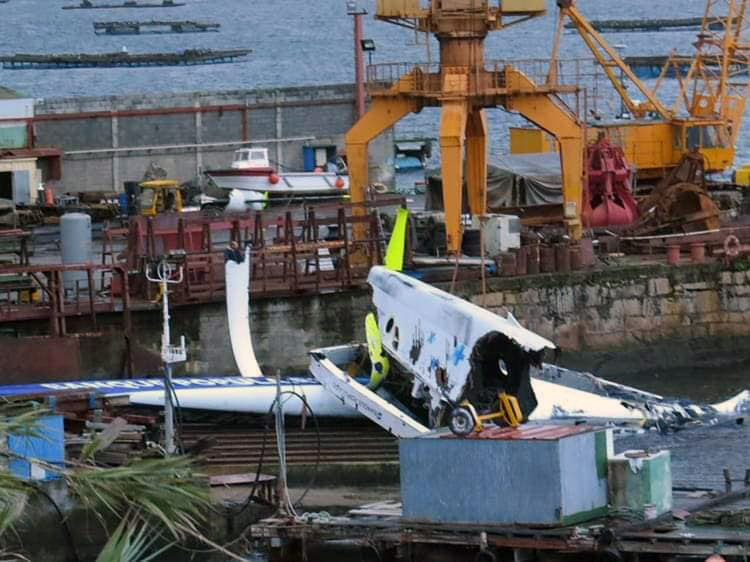
RORC Transatlantic Race
The RORC Transatlantic Race started on Sunday; a fleet of 10 yachts headed for a trade-wind jaunt from Lanzarote, in the Canary Islands, to Grenada in the Caribbean. At the head of the fleet, the MOD 70s Maserati and Powerplay are duking it out in a close match race while Pier Luigi Loro Piana’s 130-ft Italian super-maxi My Song leads the monohulls. Franco Niggeler’s Swiss-flagged Cookson 50 Kuka 3 holds the position of second monohull on line honors, and currently leads overall on IRC.
